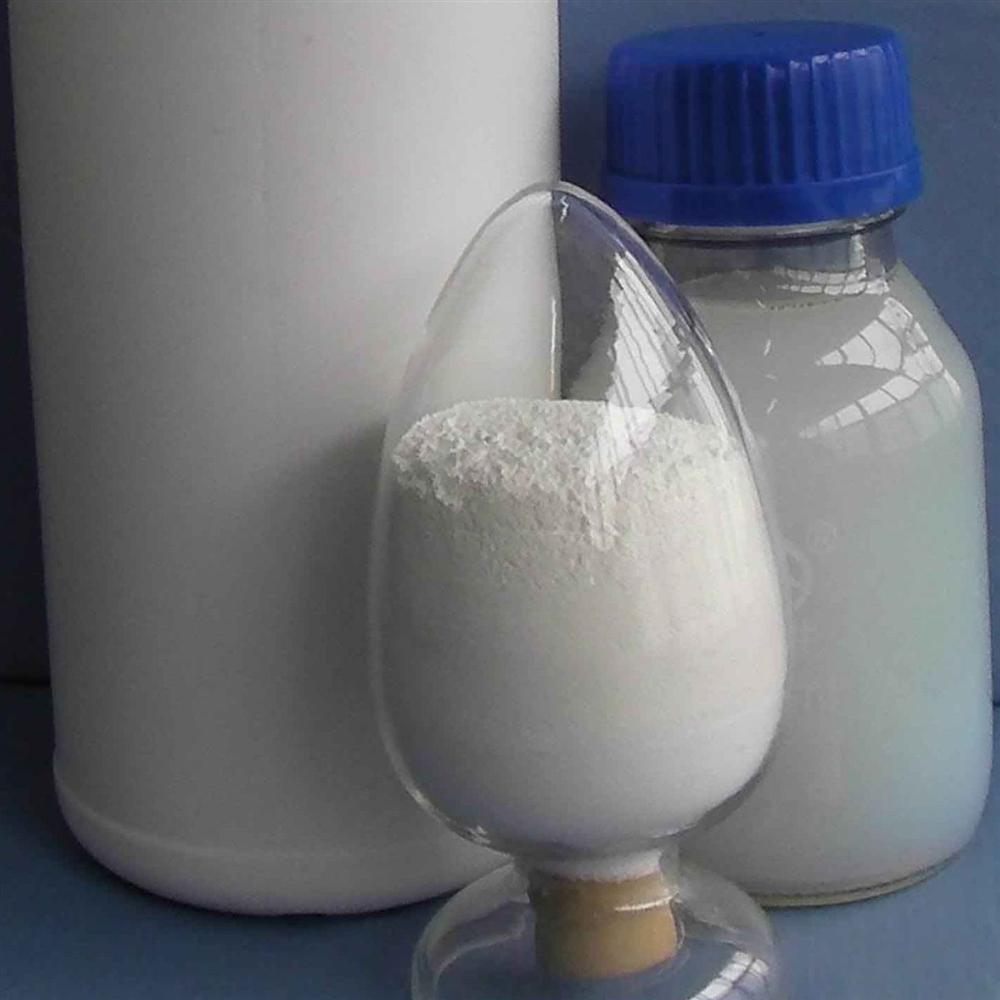Alumina ceramic is a material based on aluminum oxide (al2o3) and is used in thick film integrated circuits. Alumina ceramics have good conductivity, mechanical strength and high temperature resistance. It should be noted that ultrasonic cleaning is required. Alumina ceramic is a versatile ceramic.
Because of the superior performance ofalumina ceramics, its application in modern society has become more and more extensive, meeting the needs of daily use and special properties. Alumina ceramics are divided into two types: high purity type and ordinary type.

1. High-purity alumina ceramics are ceramic materials with an al2o3 content of more than 99.9%. Since their sintering temperature is as high as 1650-1990°C and the transmission wavelength is 1-6μm, they are generally made into molten glass. To replace platinum crucibles: use its light transmittance and resistance to alkali metal corrosion to be used as sodium lamp tubes; in the electronics industry, it can be used as integrated circuit substrates and high-frequency insulating materials.
2. Normal typeAluminaCeramics are divided into 99 porcelain, 95 porcelain, 90 porcelain, 85 porcelain and other varieties according toal2o3 content. Sometimes those with al2o3 content of 80% or 75% are also classified as ordinary alumina. Ceramic series. Among them, 99 alumina porcelain material is used to make high-temperature crucibles, refractory furnace tubes and special wear-resistant materials, such as ceramic bearings, ceramic seals and water valves;
95 alumina porcelain is mainly used for corrosion-resistant and wear-resistant parts; 85 porcelain is often mixed with Some talcs have improved electrical properties and mechanical strength, can be sealed with molybdenum, niobium, tantalum and other metals, and some are used as electronic vacuum device components.

 微信扫一扫打赏
微信扫一扫打赏

